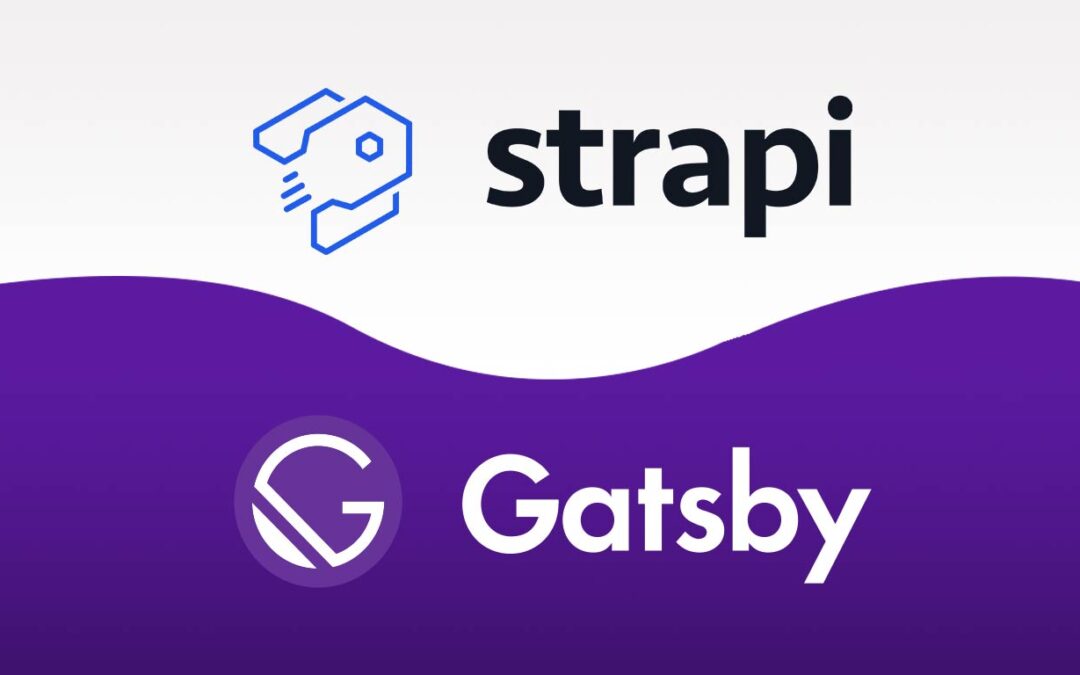In the competitive world of financial services, having a fast, responsive, and informative website is crucial. This case study explores how we leveraged modern web technologies to build a high-performance website for a debt consolidation company in San Antonio, Texas, managing to create over 400 pages while maintaining exceptional speed and user experience.
Project Overview
Client: Debt Consolidation Company in San Antonio, Texas
Objective: Create a large-scale, high-performance website with extensive content
Key Metrics:
- Total Pages: 400+
- Dynamically Generated Pages: 350+
- Performance Score: 80+ on both desktop and mobile
Technology Stack
Our choice of technologies was crucial in achieving the project’s goals:
- GatsbyJS: The core of our website, providing static site generation and performance optimization.
- TailwindCSS: For efficient, utility-first styling.
- GraphQL: To efficiently query and manage data.
- Material-UI (MUI): For consistent, responsive UI components.
- Strapi: As a headless CMS for content management.
- AWS: For robust and scalable hosting.
Architectural Decisions
1. Static Site Generation with Dynamic Capabilities
We chose GatsbyJS for its ability to generate static pages at build time while also supporting Server-Side Rendering (SSR) for dynamic content. This approach allowed us to:
- Create lightning-fast static pages for core content.
- Dynamically generate 350+ pages, ensuring fresh and personalized content.
2. Headless CMS Integration
Strapi was implemented as our headless CMS solution, offering several advantages:
- Decoupled architecture, allowing for greater flexibility and scalability.
- Easy content management for the client’s team.
- Efficient data delivery through its API, integrating seamlessly with GatsbyJS and GraphQL.
3. Styling and UI Components
The combination of TailwindCSS and Material-UI provided:
- Rapid development with utility-first CSS.
- Consistent and responsive design across all 400+ pages.
- Customizable components that maintain brand identity.
4. Data Management with GraphQL
GraphQL played a crucial role in efficiently managing and querying data:
- Optimized data fetching, reducing over-fetching and under-fetching issues.
- Typed schema, ensuring data consistency across the large number of pages.
- Seamless integration with both GatsbyJS and Strapi.
5. Cloud Infrastructure
We leveraged AWS services to ensure scalability and performance:
- EC2: For hosting the Strapi CMS, providing computational power.
- RDS (PostgreSQL): For a robust, scalable database solution.
- S3: For efficient storage and delivery of static assets.
Development Process
- Content Modeling: We began by structuring the content in Strapi, creating models for various types of debt consolidation information, FAQs, and team member profiles.
- Page Templates: We developed reusable page templates in GatsbyJS, ensuring consistency across the 400+ pages.
- Dynamic Page Generation: Implemented SSR in GatsbyJS to dynamically generate 350+ pages based on data from Strapi.
- Performance Optimization: Utilized GatsbyJS’s built-in performance features and added custom optimizations:
- Image optimization and lazy loading
- Code splitting and bundling
- Prefetching of resources
- Responsive Design: Ensured the website was fully responsive using TailwindCSS and MUI components.
- Testing and QA: Rigorous testing across devices and browsers to ensure consistency and performance.
Challenges and Solutions
- Managing Large-Scale Data:
- Challenge: Efficiently handling data for 400+ pages.
- Solution: Utilized GraphQL for efficient data querying and implemented data caching strategies.
- Build Time Optimization:
- Challenge: Long build times due to the large number of pages.
- Solution: Implemented incremental builds and parallel processing in our CI/CD pipeline.
- Content Updates:
- Challenge: Ensuring real-time updates for dynamically generated pages.
- Solution: Implemented webhook triggers from Strapi to initiate rebuilds of affected pages.
Results and Performance Metrics
The final website achieved impressive performance metrics:
- Page Speed: 80+ score on both mobile and desktop (Google PageSpeed Insights)
- Load Time: Average page load time under 2 seconds
- Time to Interactive: Less than 3 seconds for most pages
- SEO: Improved search engine rankings due to performance and SSR capabilities
Conclusion
This project demonstrates the power of modern web technologies in building large-scale, high-performance websites. By leveraging GatsbyJS, GraphQL, and a headless CMS architecture, we were able to create a fast, scalable solution that meets the complex needs of a debt consolidation service while providing an excellent user experience.
The combination of static site generation and dynamic rendering proves to be an effective approach for content-rich websites, offering the benefits of both worlds – the speed of static sites and the flexibility of dynamic content.
Future Considerations
As the website continues to grow, future enhancements could include:
- Implementing edge caching for even faster global content delivery.
- Exploring JAMstack architectures for certain high-traffic pages.
- Integrating AI-driven personalization to further enhance user experience.
This case study serves as a blueprint for developers and businesses looking to build large-scale, high-performance websites that don’t compromise on content richness or user experience.
Hanzala — Software Developer🎓
Thank you for reading until the end. Before you go:
- Follow me X | LinkedIn | Facebook | GitHub
- Reach Out hi@hanzala.co.in
